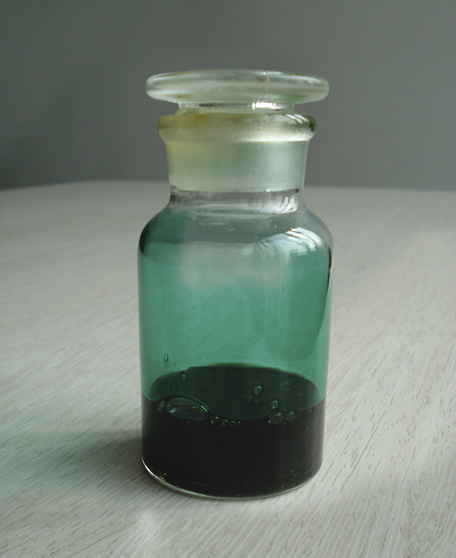Paraquat
It is an organic compound with the [(C6H7N)2]Cl2. It is classified as a viologen, a family of redox-active heterocycles of similar structure. Paraquat was manufactured by Chevron. This salt is one of the most widely used herbicides. It is quick-acting and non-selective, killing green plant tissue on contact. It is also toxic to human beings and animals due to its redox activity, which produces superoxide anions. It has been linked to the development of Parkinson's disease. The name is derived from the para positions of the quaternary nitrogens. Paraquat may be in the form of salt with chloride or other anions; quantities of the substance are sometimes expressed by cation mass alone (paraquat cation, paraquat ion).

Agricultural Paraquat,Agricultural Pesticide Products,Agricultural Spray Herbicide Additive,Paraquat Synergist Agent
Ningxia Bornstein Import & Export Co., Ltd , http://www.bornstein-agriculture.com